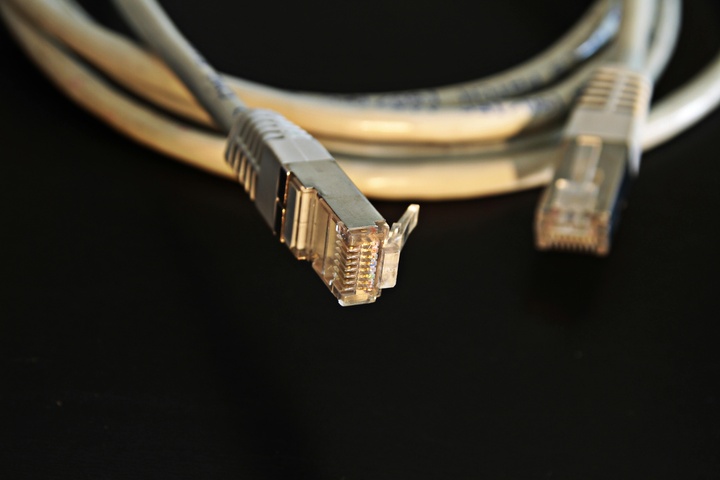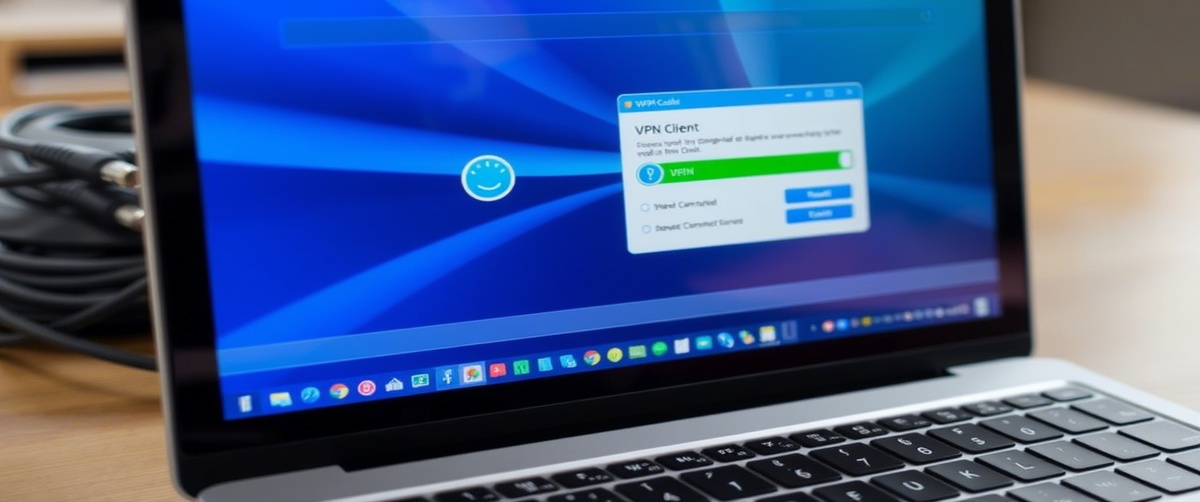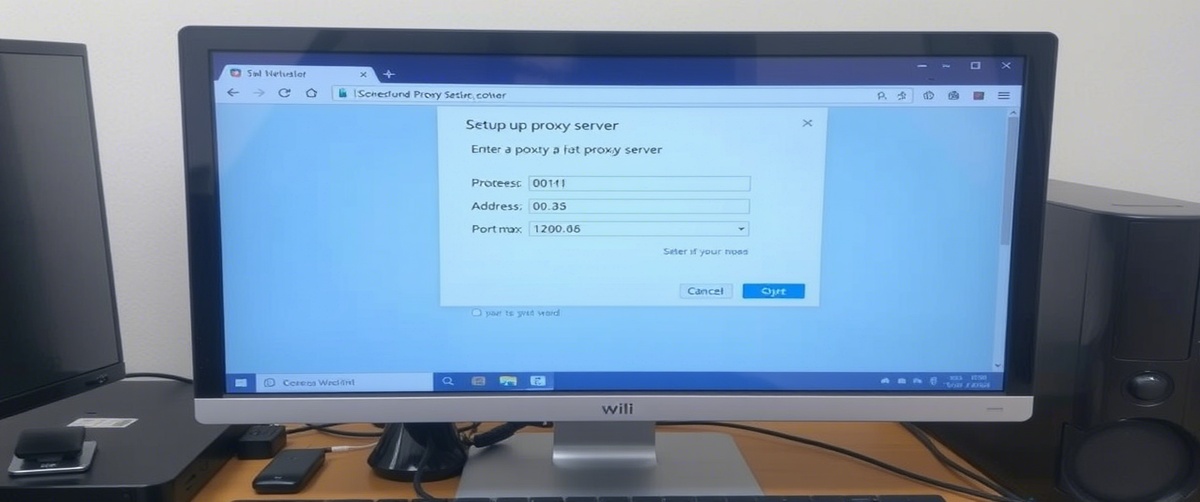Introduction
Simple Network Management Protocol (SNMP) is a critical tool for network monitoring, device management, and performance tracking. However, SNMP misconfigurations can lead to incorrect data collection, security vulnerabilities, or device inaccessibility, affecting network management efficiency.
This guide will help you diagnose and fix SNMP misconfiguration issues, ensuring proper communication between network devices and monitoring tools.
What Causes SNMP Misconfiguration?

Several factors can lead to SNMP issues, including:
✅ Incorrect SNMP Version Configuration – Mismatch between SNMP v1, v2c, or v3 settings.
✅ Wrong Community String or Authentication Credentials – Preventing access to devices.
✅ SNMP Agent Not Running – The device is not responding to SNMP queries.
✅ Firewall or Security Rules Blocking SNMP Traffic – Preventing SNMP communication.
✅ OID (Object Identifier) Mismatches – Incorrect object queries suitable to missing data.
✅ Access Control Restrictions – SNMP requests are denied due to ACL rules.
Now, let’s go through step-by-step troubleshooting to resolve SNMP issues.

Step 1: Check if SNMP is Running on the Device
If SNMP is not responding, verify whether the SNMP service is enabled.
🔹 Check SNMP Status on a Router/Switch (Cisco):
sql
CopyEdit
show snmp
🔹 Check SNMP Service on Linux:
lua
CopyEdit
sudo systemctl status snmpd
🔹 Check SNMP Service on Windows:
sql
CopyEdit
Get-Service SNMP
🔹 If SNMP is not running, restart it:
Linux:
nginx
CopyEdit
sudo systemctl restart snmpd
Windows:
sql
CopyEdit
net start SNMP
If SNMP is running but data is missing, move to Step 2.
Step 2: Verify SNMP Version Compatibility
SNMP has three versions (v1, v2c, v3), and mismatches can cause failures.
🔹 Check the Current SNMP Version (Linux SNMPD Configuration):
bash
CopyEdit
cat /etc/snmp/snmpd.conf | grep -i version
🔹 Verify the SNMP Version Used by the Monitoring Tool:
- For PRTG, Zabbix, or Nagios, check SNMP settings in the UI.
- Ensure the version matches the device configuration.
🔹 Enable SNMP v2c on Cisco Devices:
pgsql
CopyEdit
snmp-server community public RO
🔹 Enable SNMP v3 for Secure Authentication:
pgsql
CopyEdit
snmp-server group SNMPv3Group v3 auth
snmp-server user admin SNMPv3Group v3 auth sha MyPassword priv aes 128 MySecretKey
If version settings are correct but SNMP access is denied, proceed to Step 3.
Step 3: Check SNMP Community String and Authentication
The community string (for SNMP v1/v2c) or credentials (for SNMP v3) must match between the device and monitoring tool.
🔹 Check SNMP Community String on Linux:
bash
CopyEdit
cat /etc/snmp/snmpd.conf | grep -i community
🔹 Check Community String on Cisco Devices:
pgsql
CopyEdit
show running-config | include snmp-server community
🔹 Test SNMP Access with Correct Community String:
cpp
CopyEdit
snmpwalk -v2c -c public
🔹 If Access is Denied, Update Community String:
pgsql
CopyEdit
snmp-server community mySecretString RO
If authentication is correct but SNMP still fails, proceed to Step 4.
Step 4: Verify Firewall and Security Settings
Firewalls may block SNMP traffic (UDP port 161), preventing monitoring tools from accessing devices.
🔹 Check Firewall Rules on Linux:
perl
CopyEdit
sudo iptables -L | grep 161
🔹 Check Windows Firewall Rules:
perl
CopyEdit
netsh advfirewall show allprofiles state
🔹 Allow SNMP Traffic (Linux IPTables Example):
css
CopyEdit
sudo iptables -A INPUT -p udp –dport 161 -j ACCEPT
🔹 Allow SNMP Traffic on Windows Firewall:
pgsql
CopyEdit
netsh advfirewall firewall add rule name=”SNMP” protocol=UDP dir=in localport=161 action=allow
If SNMP traffic is allowed but responses are still missing, move to Step 5.
Step 5: Check OID (Object Identifier) Queries
If SNMP is working but returning incorrect or missing data, verify the OID queries.
🔹 Check the Available OIDs on a Device:
cpp
CopyEdit
snmpwalk -v2c -c public
🔹 Retrieve a Specific OID Value:
nginx
CopyEdit
snmpget -v2c -c public
🔹 Ensure the OID Exists in the Monitoring Tool’s Configuration:
- In Zabbix, Nagios, or PRTG, confirm the OID is correctly assigned to the device.
If OIDs are correct but SNMP data is incomplete, proceed to Step 6.
Step 6: Check Access Control Lists (ACLs) and SNMP Permissions
If SNMP queries are rejected, ACLs may be restricting access.
🔹 Check SNMP ACLs on Cisco Devices:
sql
CopyEdit
show snmp community
🔹 Modify SNMP ACLs to Allow Specific Hosts:
pgsql
CopyEdit
snmp-server community public RO 10
🔹 Check SNMP Access Control on Linux:
bash
CopyEdit
cat /etc/snmp/snmpd.conf | grep -i “rocommunity”
🔹 Allow SNMP Access from a Specific IP (Linux Example):
nginx
CopyEdit
rocommunity public 192.168.1.100
If access is allowed but SNMP performance is slow, move to Step 7.
Step 7: Optimize SNMP Performance and Polling Intervals
If SNMP responses are delayed or incomplete, optimize polling intervals.
🔹 Check the Current Polling Interval:
- In PRTG, Nagios, or Zabbix, adjust polling intervals (default: 30s–5min).
🔹 Reduce SNMP Load by Limiting Queries:
sql
CopyEdit
snmpd.conf: view all included .1 80
🔹 Monitor SNMP Performance in Real-Time:
cpp
CopyEdit
snmpstatus -v2c -c public
If SNMP performance remains unstable, move to Step 8.
Step 8: Update SNMP Agent and Firmware
Outdated SNMP agents or firmware may cause compatibility issues.
🔹 Check SNMP Agent Version:
nginx
CopyEdit
snmpd -V
🔹 Update SNMP Agent on Linux:
sql
CopyEdit
sudo apt update & sudo apt upgrade snmpd -y
🔹 Check and Update Router/Switch Firmware:
pgsql
CopyEdit
show version
If all settings are correct and SNMP is working, your issue is resolved! 🎉
suitable Practices to Prevent Future SNMP Issues
✅ Use SNMPv3 for secure encrypted communication.
✅ Regularly update SNMP agents and firmware to avoid compatibility issues.
✅ Restrict SNMP access using ACLs to prevent unauthorized queries.
✅ Monitor SNMP logs for errors or dropped packets.
✅ Optimize polling intervals to avoid excessive SNMP load.
Get Expert IT Support for SNMP and Network Monitoring Issues
Still facing SNMP misconfigurations, access errors, or slow responses?
🔹 TechNow provides expert IT Support Services in Germany, specializing in SNMP troubleshooting, network monitoring setup, and performance optimization.



